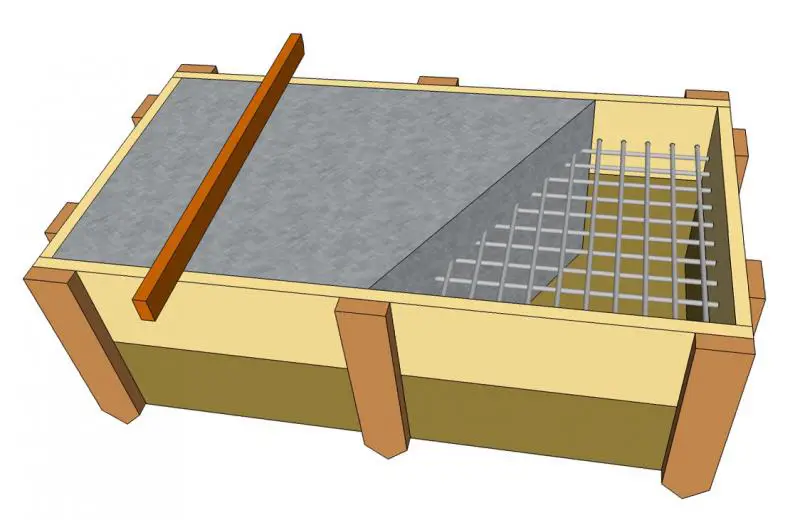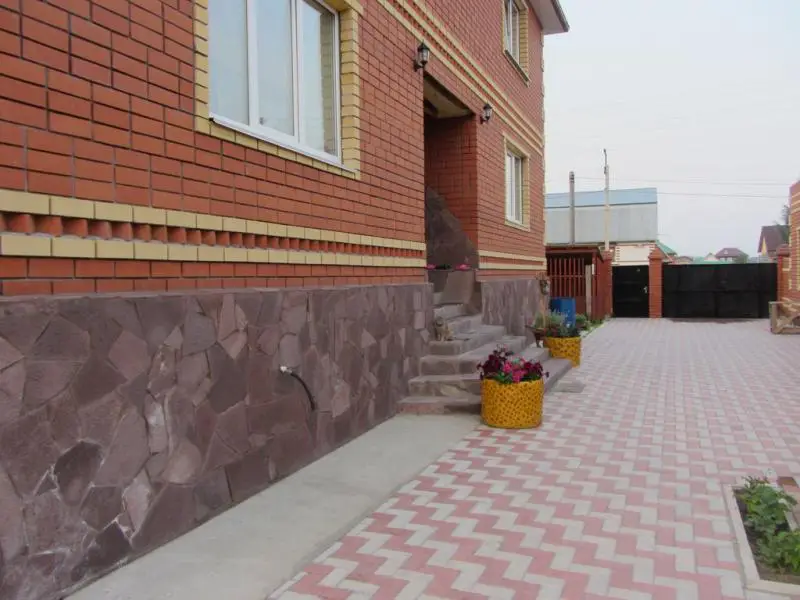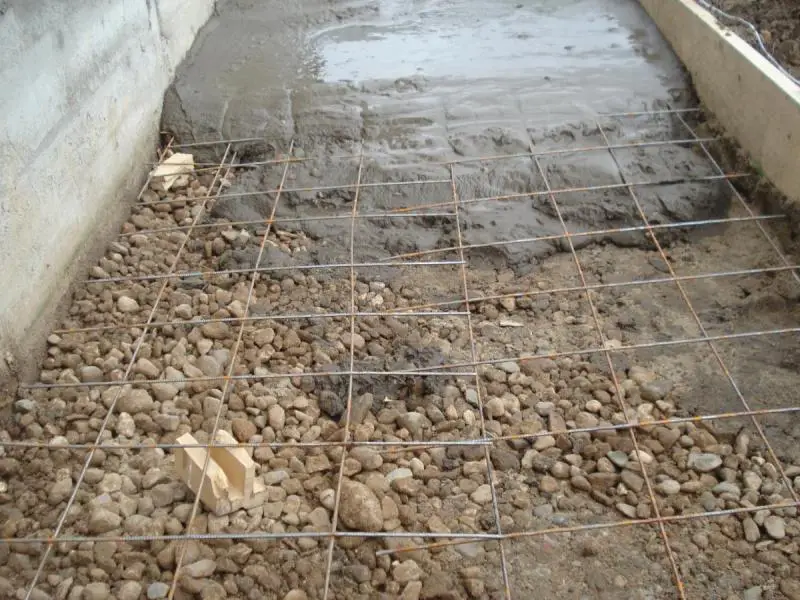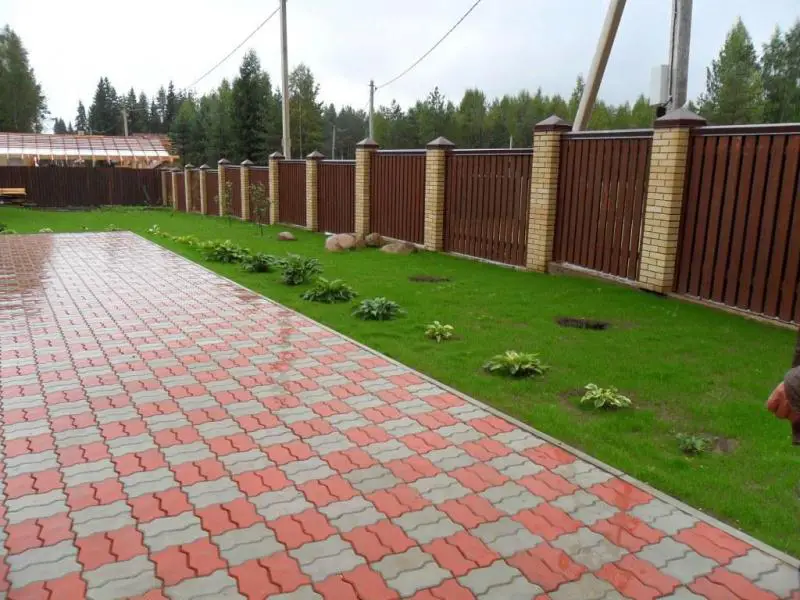There can be your advertisement
300x150
Electrical Water Heater: Types and Construction Features
Many Russian cities still face the problem of hot water being cut off for several weeks in summer, frequent boiler breakdowns, financial disputes between Water Supply services and gas suppliers, and other providers of resources required to heat water to 50-60 degrees. This situation confirms the need for installing an electric water heater (boiler) in both apartments and private homes.
Many Russian cities still face the problem of hot water being cut off for several weeks in summer, frequent boiler breakdowns, financial disputes between Water Supply services and gas suppliers, and other providers of resources required to heat water to 50-60 degrees. This situation confirms the need for installing an electric water heater (boiler) in both apartments and private homes.
This article covers the design of water heaters, and examines various aspects and advantages of flow-through and storage electric water heaters.

Key Criteria for Evaluating Water Heater Quality
When choosing an electric water heater, the following parameters are typically considered:
- Power rating – measured in watts, affects electricity consumption and heating speed for the required water volume.
- Storage tank capacity (for storage heaters) – indicates how much hot water the heater can supply at once without reheating a new batch, which takes additional time. For an average family of 3–4 people, a suitable tank size ranges from 80 to 100 liters.
- Heating method – water heaters can be either storage or flow-through type. The main difference lies in the presence or absence of a storage tank, and in operating time: flow-through heaters activate instantly when the hot water tap is opened; storage heaters run continuously, heating and maintaining the water temperature.
Flow-Through Water Heaters
The main component of this device is a chamber with an internal heating element (TEN). As water passes through the chamber, it is convectively heated by the high-power TEN (6 kW or more). Key advantages include fast heating time (30 seconds to 2 minutes) and compact size, as there's no need to integrate a large tank for water storage.
The maximum water temperature depends on the TEN’s power, which ranges from 6 to 20 kW. For low hot water usage, this design is most energy-efficient, as the heater only activates when water flows. However, for frequent or large-volume heating needs, flow-through heaters are expensive to run and cost more per unit of heated water compared to storage heaters.
Storage Water Heaters
Storage electric heaters are tanks of various sizes (10 to 1000 liters), receiving water from the supply line. Inside, a medium or low-power heating element (1–3 kW) remains on most of the time, maintaining the water at the set temperature.
An additional feature is thermal insulation made of polystyrene foam or mineral wool, which prevents heat loss over time.
The main advantage of a storage heater is its ability to supply hot water to multiple outlets simultaneously. The only requirement is that the tank capacity matches the intended use. Storage heaters are more economical than flow-through models when hot water demand is high.







